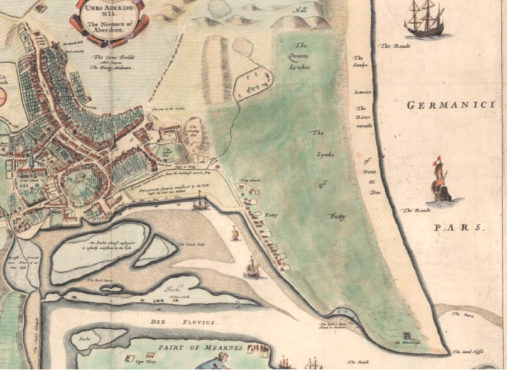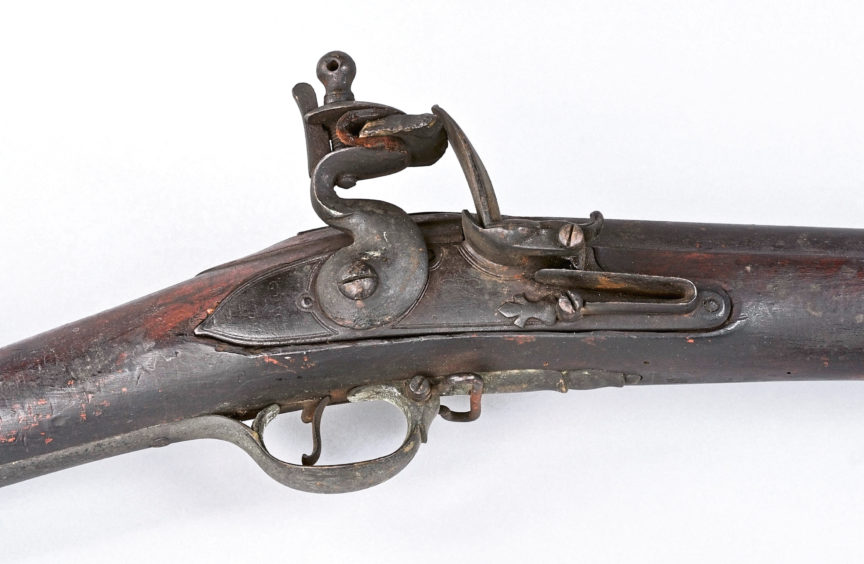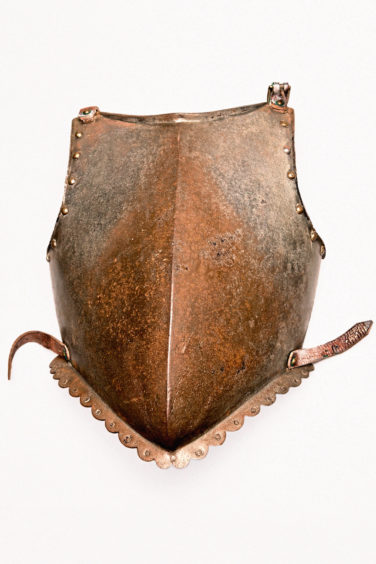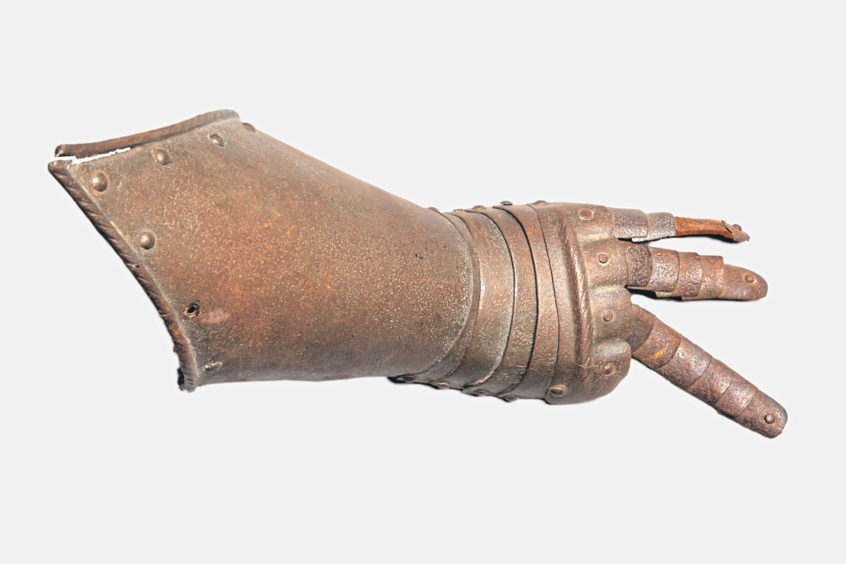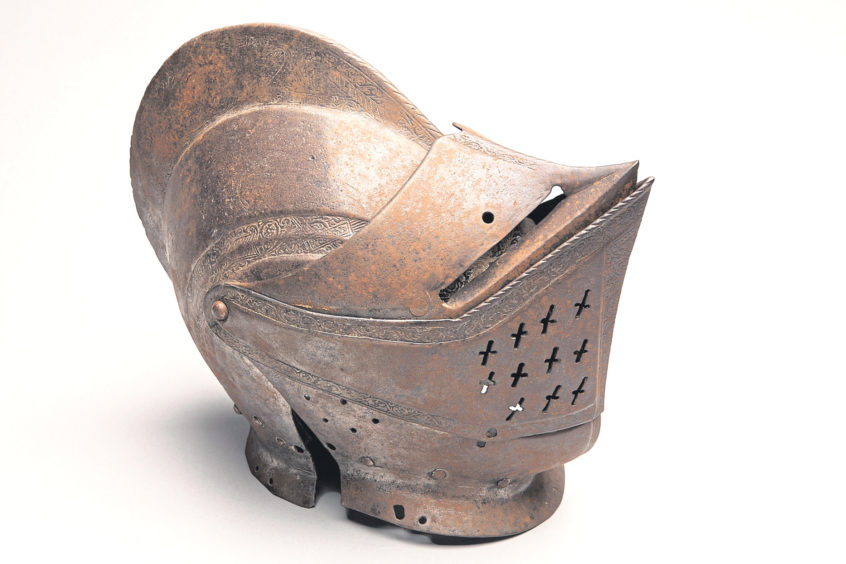Four hundred years ago on August 9 1619, a relatively routine event is recorded in the Aberdeen Burgh Records.
A military muster of Aberdeen inhabitants took place at the Links. Five hundred and fifty men appeared, armed with two-handed swords, alongside separate divisions of pikemen, spearmen, and hagbutters (a hagbut being a type of pistol). This was known as a wapinschaw, which is simply translated as a “weapon show”.
Although routine for the time, the wapinschaw illustrates the need to defend Aberdeen from attack in an era when the threat of invasion was very real. The Battle of Harlaw, fought just outside Inverurie in 1411, saw a Highland army led by Donald, Lord of the Isles, threaten Aberdeen and the north-east.
A contingent of Aberdeen men fought at Harlaw, but it showed Aberdeen’s unpreparedness in the face of such a threat. This led to the implementation of an organised system of defence. This system was also considered important to the defence of the nation, with the Scottish Parliament passing an Act in 1424 stating that wapinschaws should be held four times a year in each sheriffdom or judicial area.
The medieval burgh of New Aberdeen (separate to Old Aberdeen) was clustered around the harbour and important landmarks such as St Nicholas Kirk and the Castlegate. It was separated into four quarters for administrative and defensive purposes – the Even, the Crookit, the Fittie, and the Green. Instead of a wall, the town was defended by numerous ports, or gates, and a system of “watch and ward” was implemented. During times of danger, observation posts on nearby hills were manned and a sentry at St Nicholas Kirk would toll the bell once for every approaching person seen, and continually if a large band of people were spotted approaching. Between 1411 and 1560, Aberdonians took up arms on at least 18 occasions.
By the early 1600s, each craftsman and burgess were required to present a weapon to the town for its defence, such as a musket or a pike. The wapinschaw, which usually took place at the Links, was an important part of this system and involved an inspection of arms and drilling exercises. The last time Aberdonians were called to arms in defence of the city was in 1745 during the Jacobite Rising – wapinschaws declined in importance after this. However, a military presence of sorts was continued with the Aberdeen Volunteers, and the name was resurrected with the first “modern” Aberdeen Wapinschaw taking place at the Links in 1862.
- Aberdeen Art Gallery (reopening Saturday November 2 2019)
- Aberdeen Maritime Museum (open 7 days, admission free)
- The Tolbooth Museum (open 7 days, admission free)
- Aberdeen Treasure Hub Museum Centre, for visiting information go to
www.aagm.co.uk - Keep up to date with all the latest news from Aberdeen Art Gallery & Museums by signing up to our e-newsletter at www.aagm.co.uk/mailinglist
- Follow us on Facebook, Twitter and Instagram @AbdnArtMuseums
